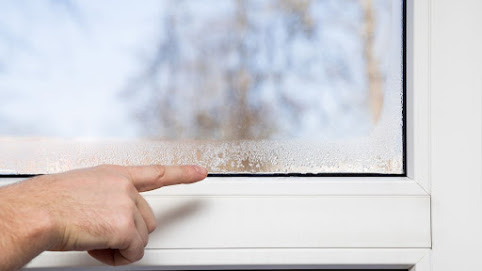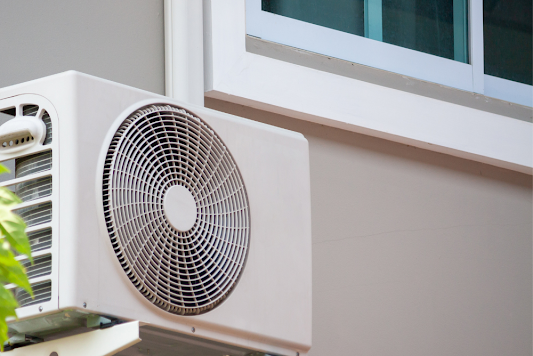When summer’s heat hits its peak, having a reliable air conditioning system becomes essential. However, the quality of your AC installation can make all the difference between a cool, comfortable home and a series of frustrating breakdowns. Opting for a certified AC installation ensures you can chill out with confidence, knowing your system is set up for optimal performance and longevity.
Why Certified AC Installers Are Essential for Your Home
Expertise and Precision
Certified technicians bring a high level of expertise and precision to the installation process. They undergo rigorous training and testing to earn their certification, ensuring they are up-to-date with the latest industry standards and best practices. This expertise translates into a correctly installed system that operates efficiently, reducing the risk of future malfunctions and costly repairs.
Enhanced Energy Efficiency
One of the primary benefits of certified AC installation is improved energy efficiency. Certified installers ensure that your air conditioning unit is properly sized for your home, avoiding the common pitfalls of an undersized or oversized system. A well-sized and properly installed AC unit runs more efficiently, leading to lower energy bills and a reduced carbon footprint.
Longevity and Reliability
Proper installation by certified HVAC professionals significantly extends the lifespan of your air conditioning system. Incorrect installation can lead to undue wear and tear on components, shortening the life of your unit. Certified technicians follow manufacturer guidelines and industry standards, ensuring your system is set up to function optimally for many years.
Warranty Protection
Many air conditioning manufacturers require professional installation by certified technicians to validate their warranties. Opting for certified installation ensures that you maintain your warranty coverage, providing peace of mind and financial protection against potential defects and issues.
Safety Assurance
Air conditioning systems involve complex electrical components and refrigerants that can pose safety risks if not handled properly. Certified technicians are trained to manage these elements safely, reducing the risk of electrical hazards, refrigerant leaks, and other safety concerns.
Better Indoor Air Quality
Certified AC installation also contributes to better indoor air quality. Proper installation ensures that the system can effectively filter and circulate air, reducing allergens, dust, and other pollutants. This leads to a healthier living environment, especially for individuals with allergies or respiratory conditions.
Conclusion
Investing in certified AC installation is a smart decision for any homeowner. It guarantees expert installation, enhanced energy efficiency, and long-term reliability. By choosing certified professionals, you protect your investment, ensure your home’s comfort, and enjoy peace of mind knowing your air conditioning system is in the best hands. Chill out with confidence this summer by opting for certified AC installation.









